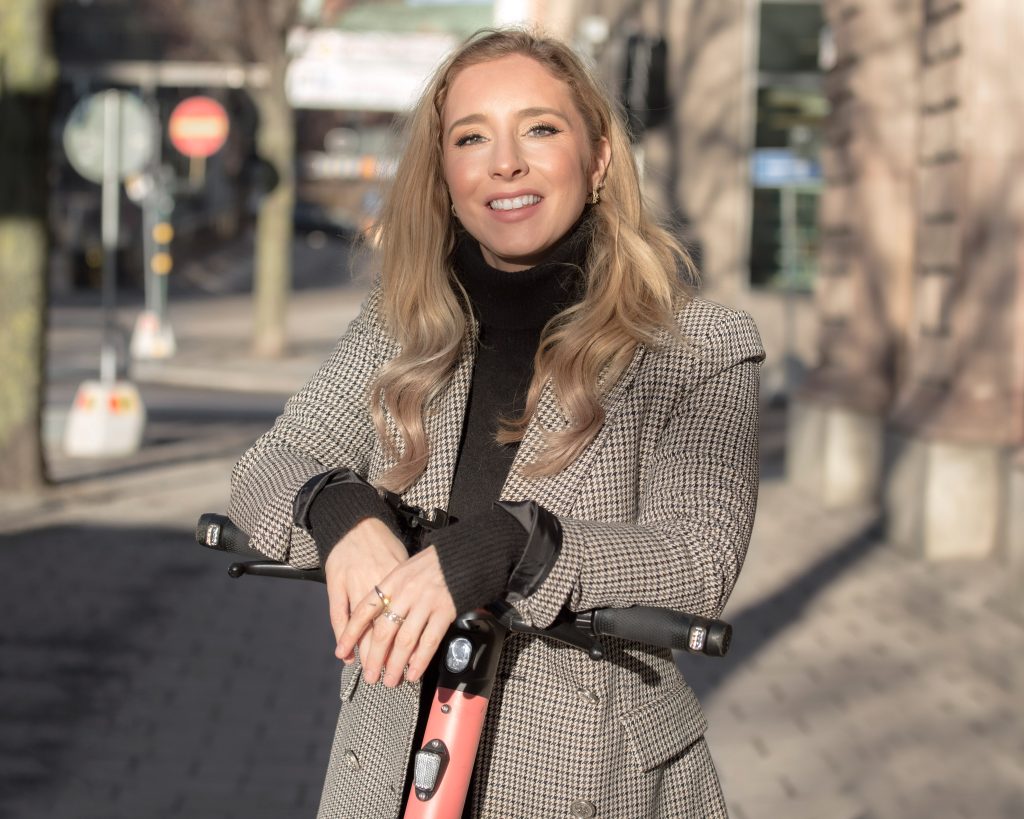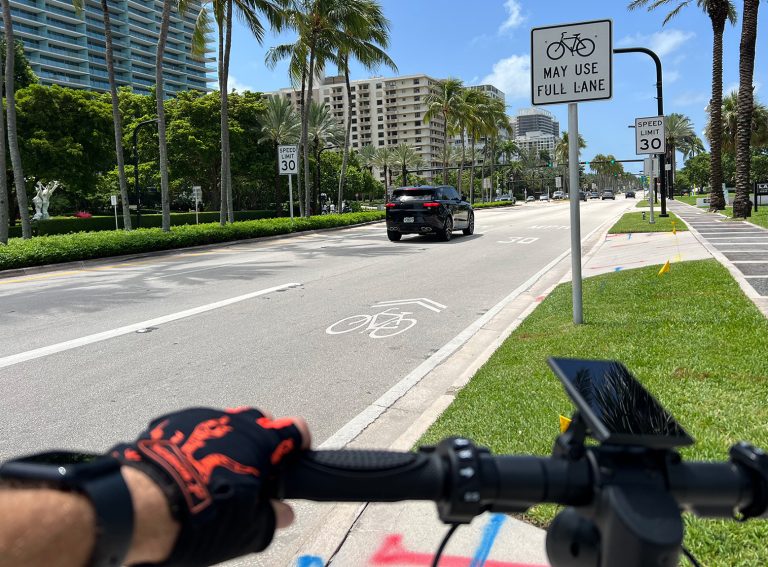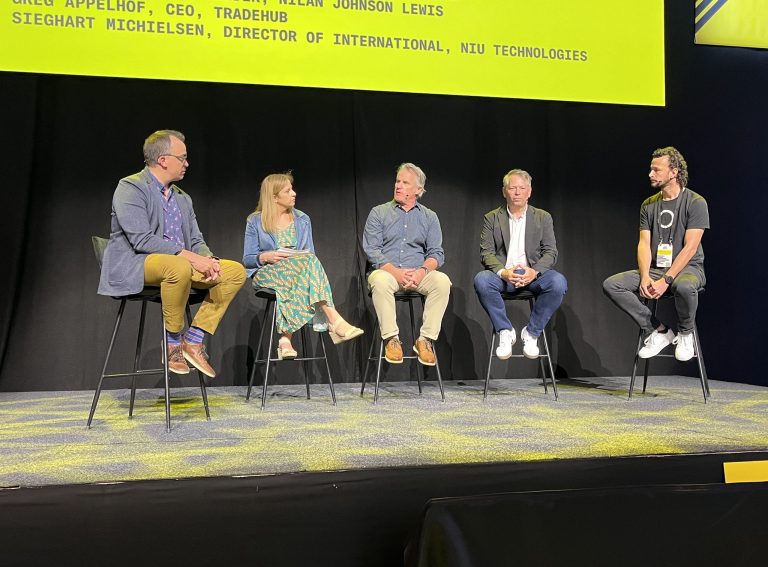Author: Christina Moe Gjerde, General Manager for the Nordics at Voi Technology.
As our society moves towards more sustainable and less carbon-intensive ways of living, one sector has remained notoriously difficult to decarbonise – transport.
Despite overall greenhouse gas emissions dropping across Europe since 1990, with an above-target reduction of 22% as of 2020, transport emissions have continued to rise by an estimated 28%. To tackle this, the EU Commission has taken a number of approaches over the past three decades – most of which have either fallen short or failed completely.
In order to meet the long-term 60% greenhouse gas emission reduction target as set out in the 2011 Transport White Paper, transport emissions need to fall by around two thirds by 2050. Something very significantly, and radically, needs to give – and it is going to take a Europe-wide concerted effort to make it happen.

Mobility’s “income elasticity”
Economists argue that the biggest challenge with the decarbonisation of transport is the so-called “income elasticity” of the sector. As economies and populations grow, so too does the demand for transport to the point where demand outweighs supply. This is set to be a problem in a large number of economies, but particularly in rapidly emerging economies where they don’t have the infrastructure in place to meet this demand.
Figures even suggest that by 2050, “total transport activity” is expected to more than double, compared with 2015. This could result in any advances being made today, towards the decarbonisation of transport, being effectively offset or undone by the increased demand for mobility tomorrow.
Locked-in lifestyles
Another challenge in attempting to decarbonise such a carbon-heavy sector is that many of us are locked into high-carbon infrastructures and lifestyles. The majority of our towns and cities have been built to serve cars, not people. This can be seen by the sheer amount of space dedicated to car parks and driveways, not to mention the roads themselves. In London alone, on-street parking covers more than 14 sq. km of space, which is the equivalent of 10 Hyde Parks completely covered by cars.
Equally we see our cars as extensions of ourselves, reflecting our taste and values. A recent study found that there are significant barriers to the adoption of new low-carbon technologies, not least because for some people getting rid of their cars feels like an infringement of their rights. The true potential for low-carbon transitions “will remain stunted” unless the barriers highlighted here are overcome.
15-minute cities
One recommendation, put forward by the International Transport Forum, is to reduce this demand – and subsequently the emissions – to more sustainable levels.
Of course, this is easier said than done. Reducing our reliance on our cars will only be possible if we take a holistic approach to urban planning and provide adequate alternative mobility options in the process. This is something the city of Paris has taken on through the mayor’s commitment to the ‘15 minute city’ – an idea that is gaining global momentum after being proclaimed a blueprint for COVID-19 recovery by C40.
At Voi, we are huge champions of the 15-minute city, in fact, we worked closely with the Colombian academic Carlos Moreno, who conceived the idea, when we drew up our own 15 Minute City Pledge. We see the 15-minute city as the answer to the problems of rising transport demand and a cultural reluctance to decarbonisation.
Ensuring those living in cities can access their essential living needs within roughly a quarter of an hour by walking, biking, taking public transport or a shared micromobility service will undoubtedly reduce the demand for private cars and decarbonise the transport sector in the process. It also will create more equitable urban areas, as people will no longer need to bear the expense of a car to access their daily needs. The knock-on effect of no longer prioritising the car would also see greater use of urban space for social interaction, local businesses and urban greening.
Vision for 2030 and beyond
The 15-minute city is at the heart of Voi’s vision for 2030, where micromobility is a staple of urban living worldwide. That’s why we are investing, through our City Innovation Fund, into academic research, innovative start-ups, tactical urbanism and other activities that advance the 15-minute cities movement.
We also know the importance of data-sharing for the 15-minute city model. That’s why we share the data we generate with the cities themselves, to help them reimagine cities that work for people, not cars. In fact, we’ve already seen the city of Berlin use our data to expand parking infrastructure for e-scooters.
It’s not just the cities that have the power to make a change though. We micromobility operators also have a huge role to play in making the 15-minute city a reality. We must ensure that shared mobility and micromobility remain reliable, convenient and affordable alternatives to the private car.
This means the onus is on us to offer new vehicle models so that as many people as possible can choose micromobility as an alternative to cars. It is also on us to partner with transport operators to ensure that micromobility works with, not against, public transport.
With our vision for 2030, we’re dreaming big. We want to replace over one billion car journeys – the equivalent of cutting out two million tonnes of direct emissions. This will help drive Europe towards its 2050 emission reduction targets.
We need such a vision and aspiration, if we want to transform cities and urban mobility to reach a sustainable future.








